What is Heat Stress?
Heat stress is a condition in chickens (and other birds) caused by high temperatures, especially when combined with high relative humidity and low airspeed. Some predisposing factors include genetics, feather coverage, heat acclimatization, drinking water temperature, and availability. Older birds, heavy breeds, and broilers are often more susceptible to heat stress.
Causes of Heat Stress
The main factors that cause heat stress in birds are commonly:
- Environmental effects, such as solar radiation, high temperatures per season, and the absence of winds
- Technical failures, which are caused by poorly designed facilities, errors in water supply, lack of ventilation, failure of cooling equipment, among others.
Effects of Heat Stress on Poultry
- Severe heat stress can cause declines in production efficiency
- Higher mortality rates in the flock.
- Reduced growth rates
- Low egg production and hatching rates.
- Heat stress can also cause a change in the quality of the egg. You may notice smaller eggs, thinner layers, and generally poor internal egg quality.
When presenting heat stress, the performance of the chickens is affected, the production losses are very variable depending on the technical function, in the case of broiler chicken, feed consumption is reduced, weight gain is less It delays in its size, in part, because in the last weeks of the cycle, excessive heat is generated inside the house, because its body mass is very large in proportion to its organs, and physiologically the thermoregulation process is not suitable. In the laying hen, the problem is similar, overcrowding in the cage, the large number of chickens found in the house generates a large amount of heat, and their production cycle is so long that they become more susceptible to changes in temperature.
The calcium present in the blood for the calcification of the egg is lost, to alleviate the acidosis at the blood level through the formation of carbonate for the elimination of the excess CO2.
By consuming less food, the hens consume less calcium and the levels of calcium in the blood drop; therefore the calcification of the egg is lower.
Water consumption is increased to compensate for fluid loss, but more watery faeces are generated with more urine, which stains more eggs, increasing the percentage of dirty eggs; the losses in these cases are highly quantifiable, since there is less production, more dirty eggs and a higher percentage of fragile and broken eggs.
Mainly heat stress in birds is caused by the increase in the environmental and body temperature of birds, which triggers a series of adverse physiological processes, if not treated in time.
Birds are very susceptible to very high temperatures and in some cases, they cannot bear extreme temperatures for a long time, since there are two physiological and anatomical factors that make birds more susceptible:
- Birds cannot sweat, therefore they do not have sweat glands and they lack this mechanism to lower body temperature.
- Birds have an anatomical barrier, which is feathers, making it difficult to dissipate internal heat and heat that comes from outside their body.
The main process for birds to thermoregulate when subjected to high temperatures is panting.
Some studies indicate that heat stress begins when the ambient temperature rises above 26.7°C and becomes very apparent above 29.4°C. The internal temperature of an adult bird is around 40°C – 41.66°C, if this internal temperature reaches 43.3°C – 45.6°C, the bird is in danger of death.
Thermoregulatory Mechanism in Poultry
Chickens and other poultry have a thermoregulatory system located in the hypothalamus, responsible for the physiological mechanisms and adaptation reactions that control and maintain body temperature. When the temperature exceeds the thermal comfort zone, the animal undergoes a stress condition that causes its body to react in a compensatory way in an attempt to increase heat dissipation and maintain the body’s thermal balance. This compensation involves an expenditure of energy, which results in a reduction in the productive efficiency of the bird.
When birds detect increases in ambient temperature, the heat dissipation process begins. Panting is the first sign of increasing temperature, birds begin to cool their air sacs by contact with the air and the humidity in the bags, the higher the temperature, the air sacs increase the release of more liquid, the frequency of panting is greater, and when the heat is extreme, its frequency and intensity intensify to cool the birds, but dehydration is imminent, since as the frequency of panting increases, the loss of liquids is also greater, the birds begin to drink more to compensate for this lack of liquid, which highlights the importance of using an electrolyte at this stage of the heat stress and avoid further dehydration.
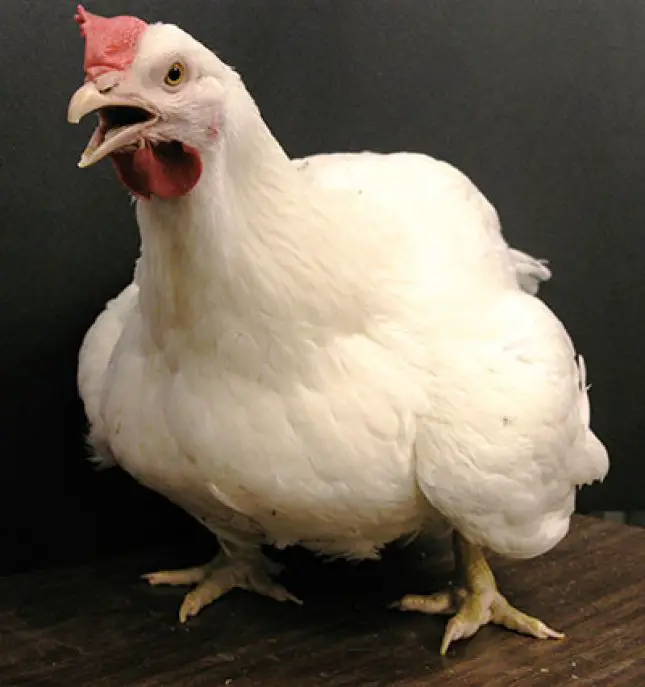
Simple Management Solutions to Heat Stress Problem
Here are some tips on how to manage heat stress in chickens in the hot season:
- Digestion generates body heat, so feeding poultry during the best times of the day.
- Reduce the dietary energy level in feed.
- Add shade and adequate ventilation.
- Vitamin C or Ascorbic Acid is one of the most important vitamins in heat stress. The serum CV is high when hot, its function can inhibit the increase in the body temperature of poultry, increase food intake, and promote the recovery of damaged tissue cells. The high temperature inhibits the synthesis of vitamin C in layers and requires additional compensation.
- Birds do not have sweat glands, so they cool off by panting. Panting can be a sign of heat stress and the act of panting can upset the electrolyte balance of birds. If you suspect heat stress, add electrolytes to the birds’ water.
- One of the best ways to prevent heat stress is to avoid overpopulation. To instantly reduce heat, reduce the number of birds in the house.
- Avoid unnecessary activity. The summer heat puts enough stress on the birds. Be careful not to disturb them during the hottest time of the day.
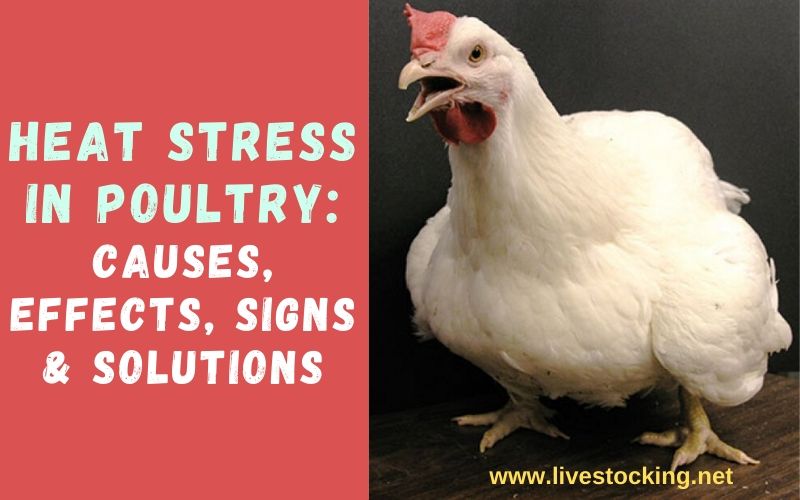
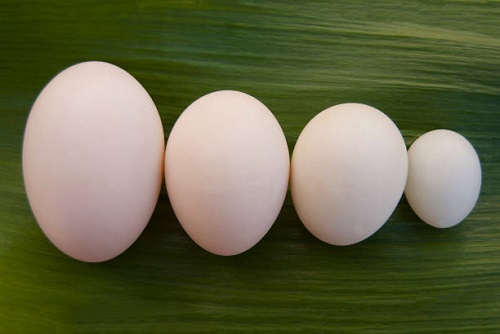
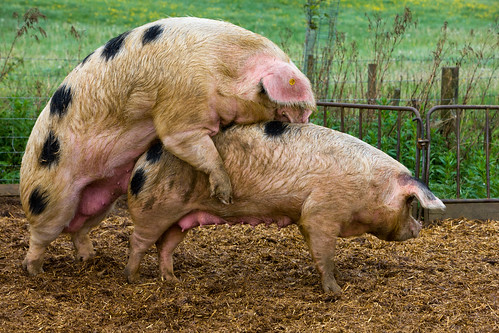
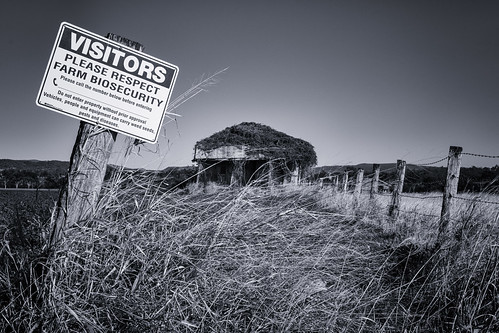
I agree to your opinion. http://www.poultrycages.net/poultry-climate-control-system/
Good! We can also advertise your poultry cage business on our site at an affordable rate. You can send us an email for more info.